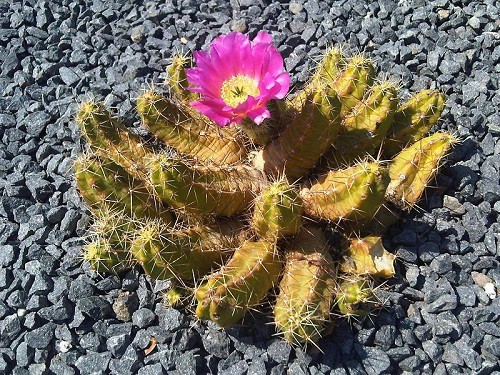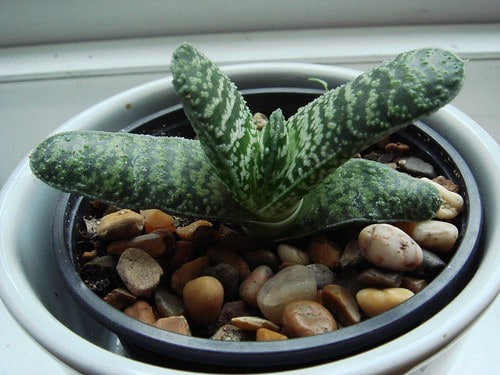Succulents and Sunlight: 12 Tips for Finding the Right Balance
Have you ever heard that succulents need a ton of light? It’s a common belief, and for the most part, it’s true. But here’s the twist: do succulents really need direct sunlight? Is it possible for certain types of succulents to survive with less sun? Today, we’ll dive into this fascinating topic and explore the ongoing debate: do succulents prefer sun or shade? So, get ready to uncover the truth about how much sunlight these amazing plants truly need.
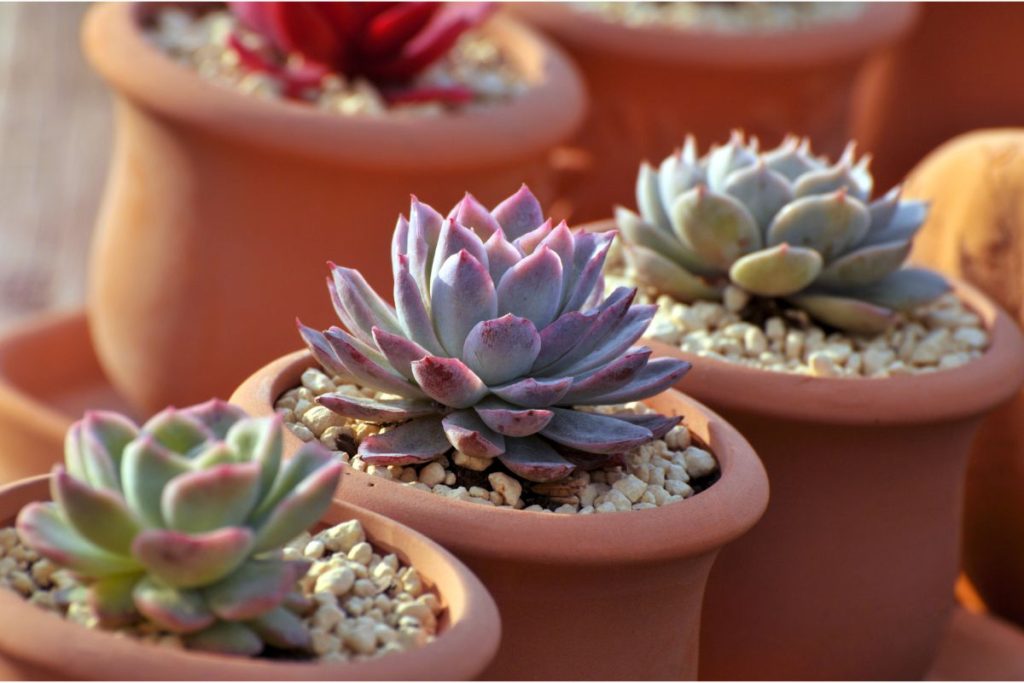
Contents
- 1 1. The Importance of Light for Succulents
- 2 2. Finding the Right Light for Succulents
- 3 3. How Much Sunlight Do Succulents Need?
- 4 4. Understanding Direct Sunlight and its Effects
- 5 5. Protecting Succulents from Excessive Sunlight
- 6 6. Gradual Adaptation to Sunlight
- 7 7. Indirect Light for Offshoots and Young Succulents
- 8 8. The Role of Light in Succulent Survival
- 9 9. Managing Light in Different Seasons
- 10 10. Potential Risks of Excessive Sunlight
- 11 11. Succulents in Shade
- 12 12. Examples of Light-Hungry and Partial Shade Succulents
1. The Importance of Light for Succulents
Light is crucial for all plants because it helps them produce energy through a process called photosynthesis. However, different plant families have varying needs when it comes to the brightness of their surroundings.
2. Finding the Right Light for Succulents
Most succulents thrive in bright light, but direct sunlight can sometimes cause problems, especially if the plant isn’t accustomed to it. The best place for a succulent is near a window where it can receive indirect sunlight, which means the light is filtered or reflected before reaching the plant. This reduces the risk of burns.
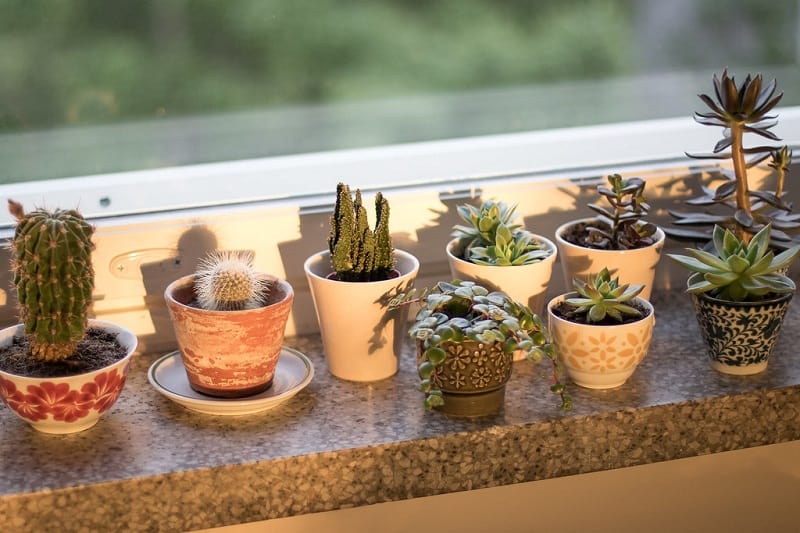
3. How Much Sunlight Do Succulents Need?
Desert succulents usually require about 5-6 hours of light each day. A general rule of thumb is that lighter-colored succulents, like orange or purple ones, prefer more light, while darker succulents can handle less intense light. Here are some examples at the end of the article to give you a better idea.
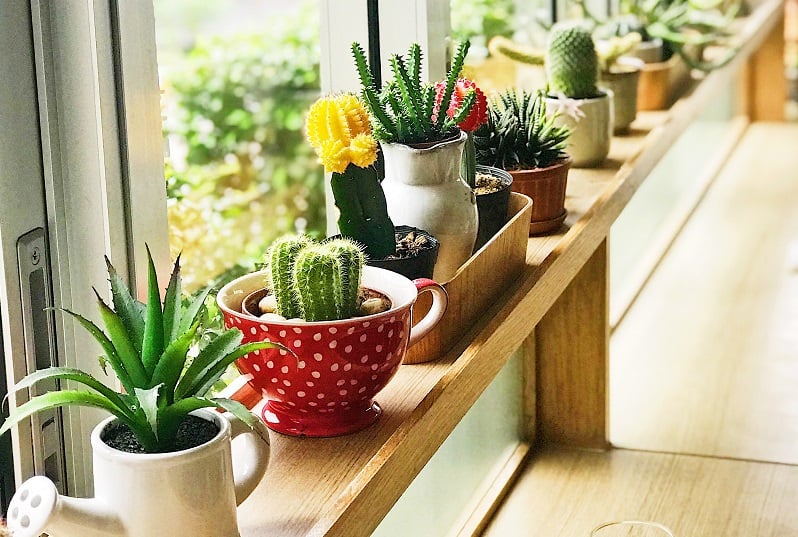
4. Understanding Direct Sunlight and its Effects
Direct sunlight means the rays hit the plant without any filtering. While some succulents thrive in direct sunlight and benefit from the extra energy it provides, not all succulents can handle prolonged exposure. Some may develop brown, dry patches known as sunburn. If you notice these signs, move the plant to a more sheltered spot to promote healing.
5. Protecting Succulents from Excessive Sunlight
Outdoor succulents are particularly vulnerable to sunburn, especially if raindrops or water collect on their leaves, acting like magnifying glasses. To prevent this, make sure your plants are shielded from rain and avoid watering them in a way that hits the leaves or rosettes.
6. Gradual Adaptation to Sunlight
When transitioning succulents from indoor to outdoor environments with intense sunlight, it’s important to proceed gradually. Start by placing the succulent in a bright location indoors for 8-10 days, without direct sunlight. This allows the plant to adjust. Afterward, it can be moved outside, but keep an eye out for any signs of sunburn on the leaves.
7. Indirect Light for Offshoots and Young Succulents
Direct sunlight is often too intense for offshoots and young succulents. It’s best to place them in an indirectly lit area where they can grow peacefully and develop protection against sunburn.
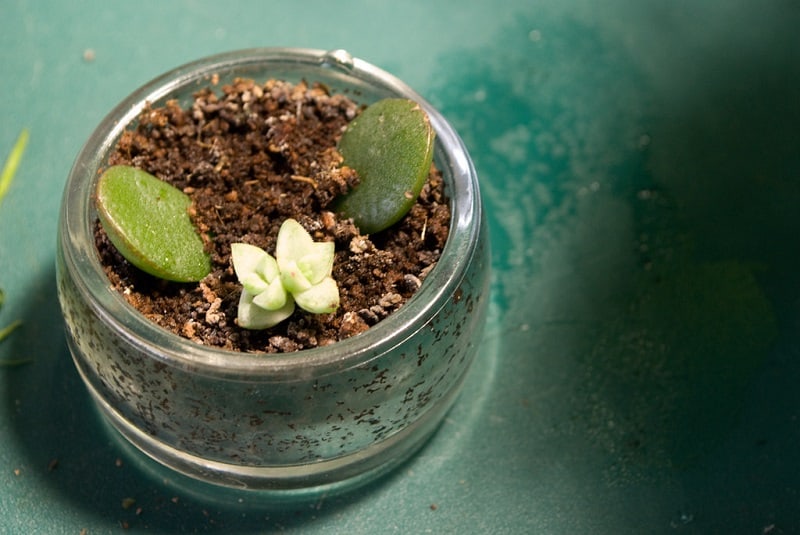
8. The Role of Light in Succulent Survival
Succulents have evolved to thrive in hot, sunny environments. Many species come from dry regions with plenty of sunlight, which is why they can store water in their fleshy leaves. Without enough light, succulents may become pale, elongated, and withered, eventually leading to their demise. Therefore, it’s crucial to ensure your plants receive adequate light.
9. Managing Light in Different Seasons
The amount of light succulents receive during the cold season affects their growth patterns. Succulents recognize fewer daylight hours and enter a dormant phase, which promotes flower formation in the following year. While they need less light in winter, they shouldn’t be placed in complete shade. In our region, the shorter days naturally regulate their light exposure.
10. Potential Risks of Excessive Sunlight
If succulents are exposed to too much sunlight too quickly, their outer layers can burn, resulting in dark or bleached spots on the leaves. In extreme cases, the plant may die immediately. Unfortunately, there isn’t much that can be done to reverse the damage. The scars from burns are usually permanent, and it takes a long time for the damaged leaves to grow out.
11. Succulents in Shade
While most succulents prefer sunlight and thrive in its rays, there are some species that can tolerate shade. These succulents can grow well in bright, shady areas where direct sunlight doesn’t reach. However, it’s essential to note that they still need light to survive and shouldn’t be placed in the darkest corners of your home.
12. Examples of Light-Hungry and Partial Shade Succulents
To give you a better understanding, here are some examples of succulent species that have specific light preferences. Light-hungry succulents include Mammillaria cacti, agaves, Echinocereus cacti, Bryophyllum, pencil tree, string of pearls, and tree aeonium. On the other hand, succulents that can thrive in partial shade include aloes, Haworthia, Gasteria, Kalanchoe, Sansevieria, and the jade plant.
